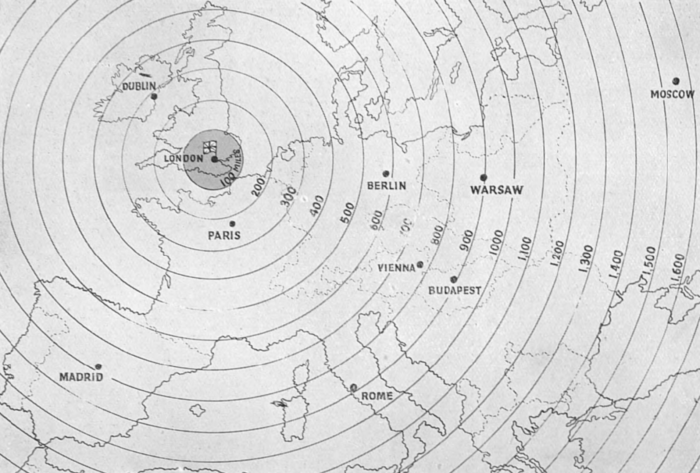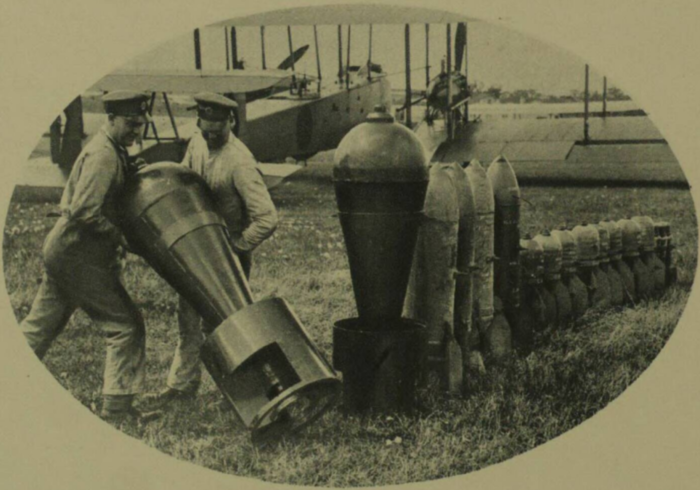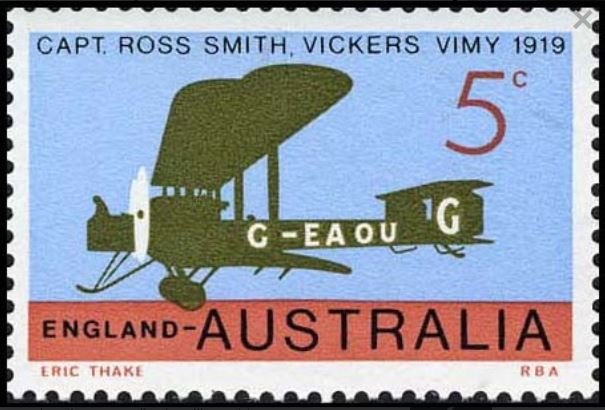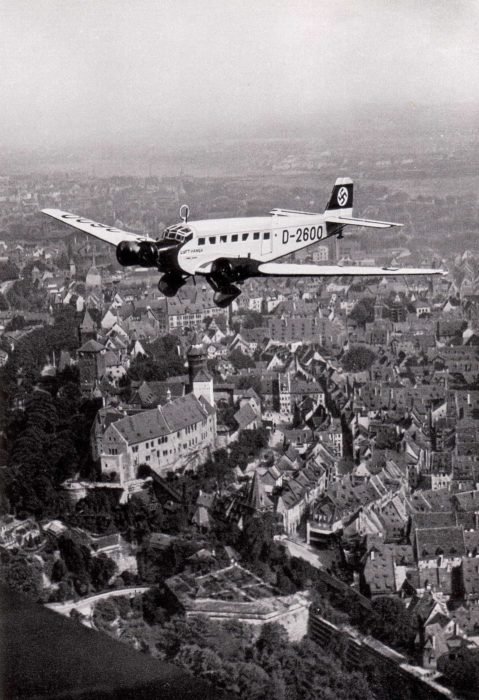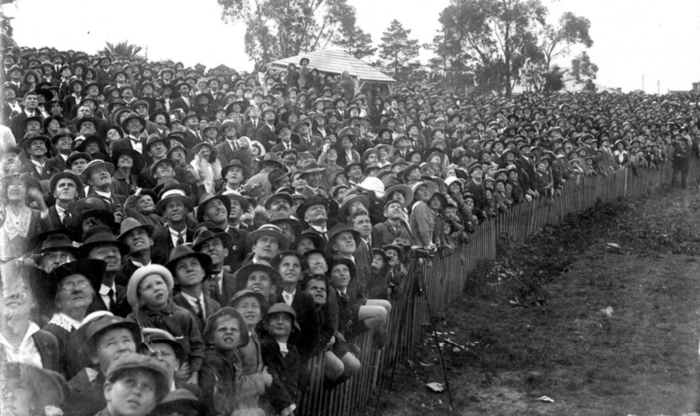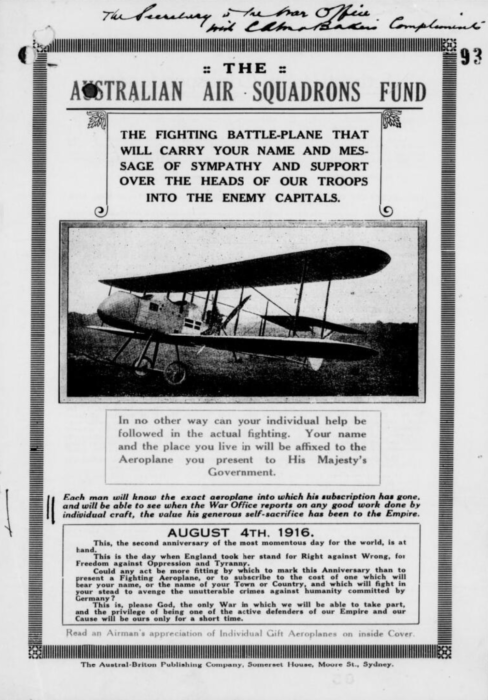@TroveAirBot 2
Today, a Trove API upgrade, or to be more precise, the decomissioning of the old API, briefly broke Trove Air Bot (and all the other Trove bots). Fortunately Tim Sherratt worked out a solution, and Trove Air Bot is now back in action with all new code, which (with slightly more useful comments) can be […]


